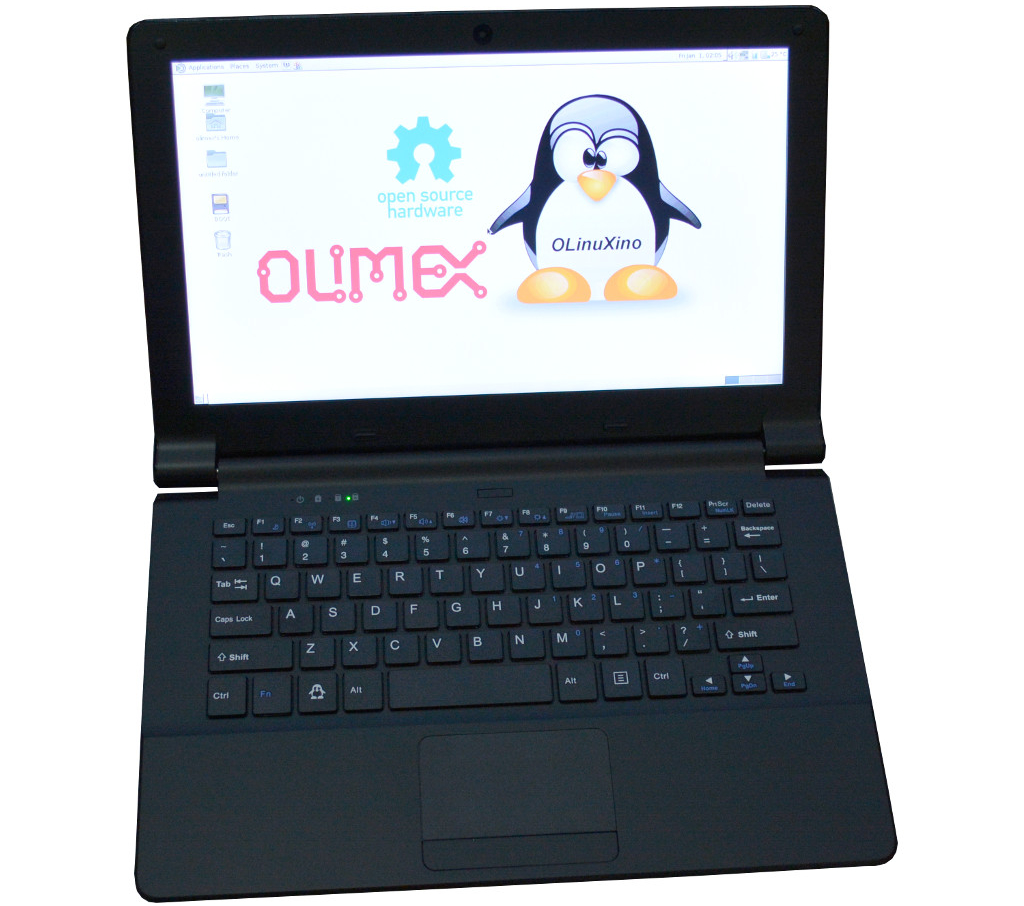Also: The best laptops: Does Apple take the crown?
Buyers have two choices for their machine. Devoted DIY builders can download Olimex’s CAD files for building the Teres I on its GitHub page, which offer schematics for hardware components such as printed circuit boards (PCB), keyboard and so forth, as well as all the Linux software components necessary to operate the hardware.
The other option is to buy the semi-finished Teres 1 laptop for €224 ($240), which is shipped as a kit that buyers assemble themselves.
If buyers follow the instructions correctly, they should end up with a 980gm (2.16lb) laptop featuring a quad-core Allwinner A64 64-bit Ciortex-A53 processor, an 11.6-inch LCD screen, 4GB flash storage, Wi-Fi and Bluetooth connectivity, a camera, and 7,000mAh battery.
The self-assembly kits aren’t being distributed yet, but when orders do open, the laptops will be available in black or white.
According to CNX Software’s rundown of Olimex’s instructions, the kit includes the keyboard, touchpad, cameras, speakers, battery, antennas, cables and display components.
It also has the required screws to hold down several PCBs for the touch panel, headphone jack, microSD slot and USB port, power button, motherboard and keyboard control board.
Olimex says the Teres 1 design is based on software from KiCad, an open-source project that is supported by CERN’s KiCad initiative, which itself is backed by Raspberry Pi and Arduino.
According to Olimex, the hardware side of the kit is ready to go, but it’s still putting some finishing touches on the software side.
DIY fans who are curious can check out the Teres 1 at the FOSDEM open-source conference being held in Brussels this weekend.
Olimex offers a number of compelling reasons why its laptop could be a good purchase. Like other modular hardware, users have the flexibility to choose specifications that suit them and replace components as necessary. There’s also flexibility on the software side, with the option to have it to run on Android.
Olimex says its modular expansion components are still a work in progress, which fans can keep track of on its site. Finally, building the laptop with your kid might spark an interest in electronics and programming.
Read more on Linux and open source
Hands-On: A case for the Raspberry Pi Zero with cameraBigger, better LibreOffice 5.3 released for the cloudLinux leadership stands against Trump immigration banNeed a Linux-tuned laptop? New KDE Slimbook aims to make it simpler to drop WindowsMore Linux on my new notebook: Fedora, Linux Mint and Ubuntu
